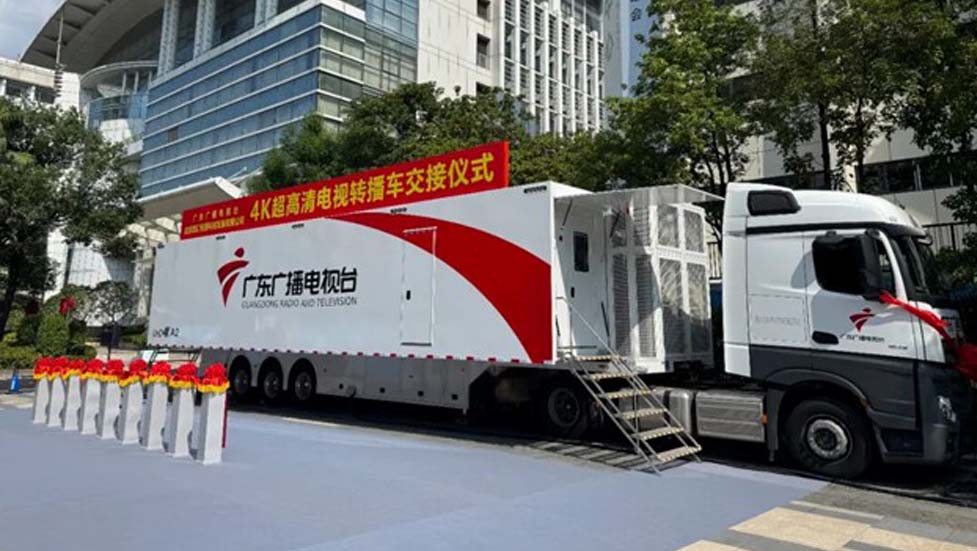Spectrum Bridge Gets 168-216 MHz 'White Space' License
The FCC Office of Engineering and Technology's list of experimental applications granted from 9/1/09 to 1/1/10 [PDF] includes license WF2XCG to Spectrum Bridge, Inc., allowing it to use 168-216 MHz to "conduct research using vacant spectrum in the television broadcast, and for the testing fixed Whitespace devices. This application is particularly interesting because it includes 6 MHz of spectrum below television's Channel 7 in the "white space" authorization. The 168-174 MHz band is used for commercial and government communications. The US Forest Service has radios in this band. Could "white spaces" be spreading beyond the TV bands?
In its application for the experimental license, Spectrum Bridge says that one goal of their is to show how lower frequency operation, when combined with 6 MHz TV channel white space could provide a practical means for delivering broadband communications to rural customers.
The company's exhibits describe methods for protecting TV broadcasters, but don't mention the users of the spectrum below television Channel 7 (174 MHz).
Other experimental license grants that may be of interest include WF2XEN to the Boeing Corp. for operation on 10,000 kHz and 690 MHz "for testing rotating devices" in Seattle, Wash.; WF2XDJ to Northrop Grumman for 420-450 MHz in testing a synthetic radar system in Hanover, Md.; and a license to The Aerospace Corp. for 3650-3800 MHz (overlapping the lower 100 MHz of C-band satellite downlink frequencies) in testing WiMAX equipment at Rancho Pales Verdes, Calif. The license description for WF2XFM in this list of experimental license grants has to be a typo, as Lockheed Martin was authorized to use several low VHF band and two microwave frequencies "to conduct environmental and qualification testing of a non-line of sight container lunch unit." [emphasis added]
Refer to the FCC list of experimental applications granted from 9/1/09 to 1/1/10 [PDF] for more information on these and other grants that may be of interest.
The professional video industry's #1 source for news, trends and product and tech information. Sign up below.

Doug Lung is one of America's foremost authorities on broadcast RF technology. As vice president of Broadcast Technology for NBCUniversal Local, H. Douglas Lung leads NBC and Telemundo-owned stations’ RF and transmission affairs, including microwave, radars, satellite uplinks, and FCC technical filings. Beginning his career in 1976 at KSCI in Los Angeles, Lung has nearly 50 years of experience in broadcast television engineering. Beginning in 1985, he led the engineering department for what was to become the Telemundo network and station group, assisting in the design, construction and installation of the company’s broadcast and cable facilities. Other projects include work on the launch of Hawaii’s first UHF TV station, the rollout and testing of the ATSC mobile-handheld standard, and software development related to the incentive auction TV spectrum repack. A longtime columnist for TV Technology, Doug is also a regular contributor to IEEE Broadcast Technology. He is the recipient of the 2023 NAB Television Engineering Award. He also received a Tech Leadership Award from TV Tech publisher Future plc in 2021 and is a member of the IEEE Broadcast Technology Society and the Society of Broadcast Engineers.
